- A
- A
- A
- АБB
- АБB
- АБB
- А
- А
- А
- А
- А
HSE Look #2 (55)
Contents
“This project aims to find partners”
Migration Studies and Digital Humanities
Comparison of Values and Identities across Generations and Regions
An Economics and Engineering Approach to Energy Supply Development in Remote Areas of Russia
Mathematicians and Practicing Surgeons to Fight Venous Diseases
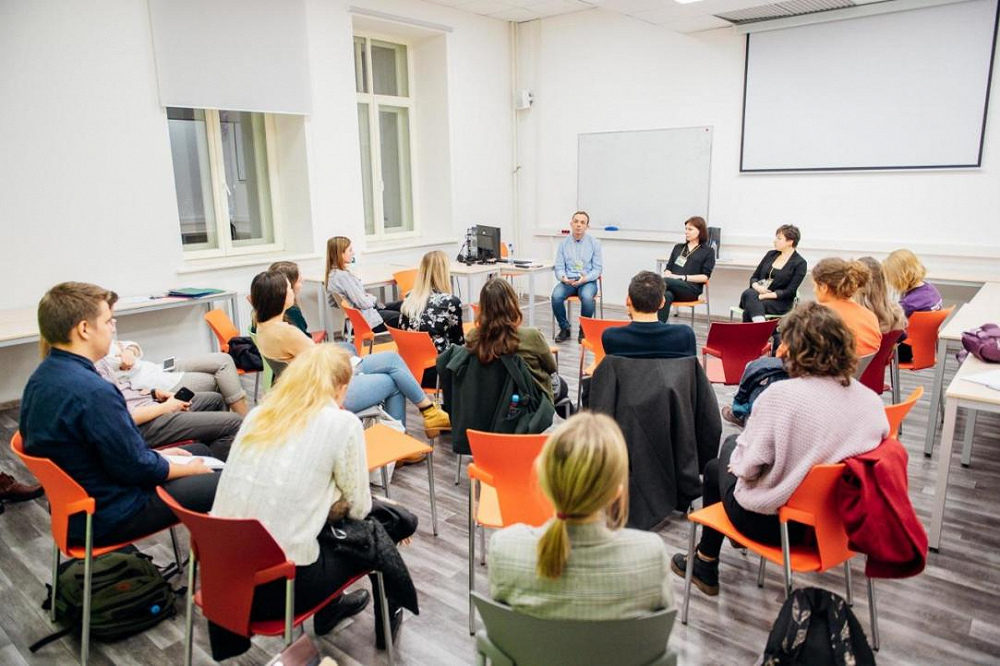
“This project aims to find partners”
Marina Litvintseva, Director for International Research, is charged with coordinating international and mirror laboratory projects.
What are mirror laboratories?
Mirror laboratories are joint research projects between (and with the organizational and financial support of) HSE University and its partner institutions. Launched in 2020, this format was the first inter-university initiative of its kind that aimed at developing networks and collaborative partnerships, while also enhancing cooperation with respect to research and academic activities between HSE University and other leading Russian academic institutions.
They are referred to “mirror” labs as it implies the financing of projects on parity terms and pooling research resources from both sides (i.e., providing each other with necessary expertise, sharing analytical methodology and results, conducting training seminars for each other and hosting interns). Thus, research activities may be carried out by joint project teams over a period of three years with the option for extension.
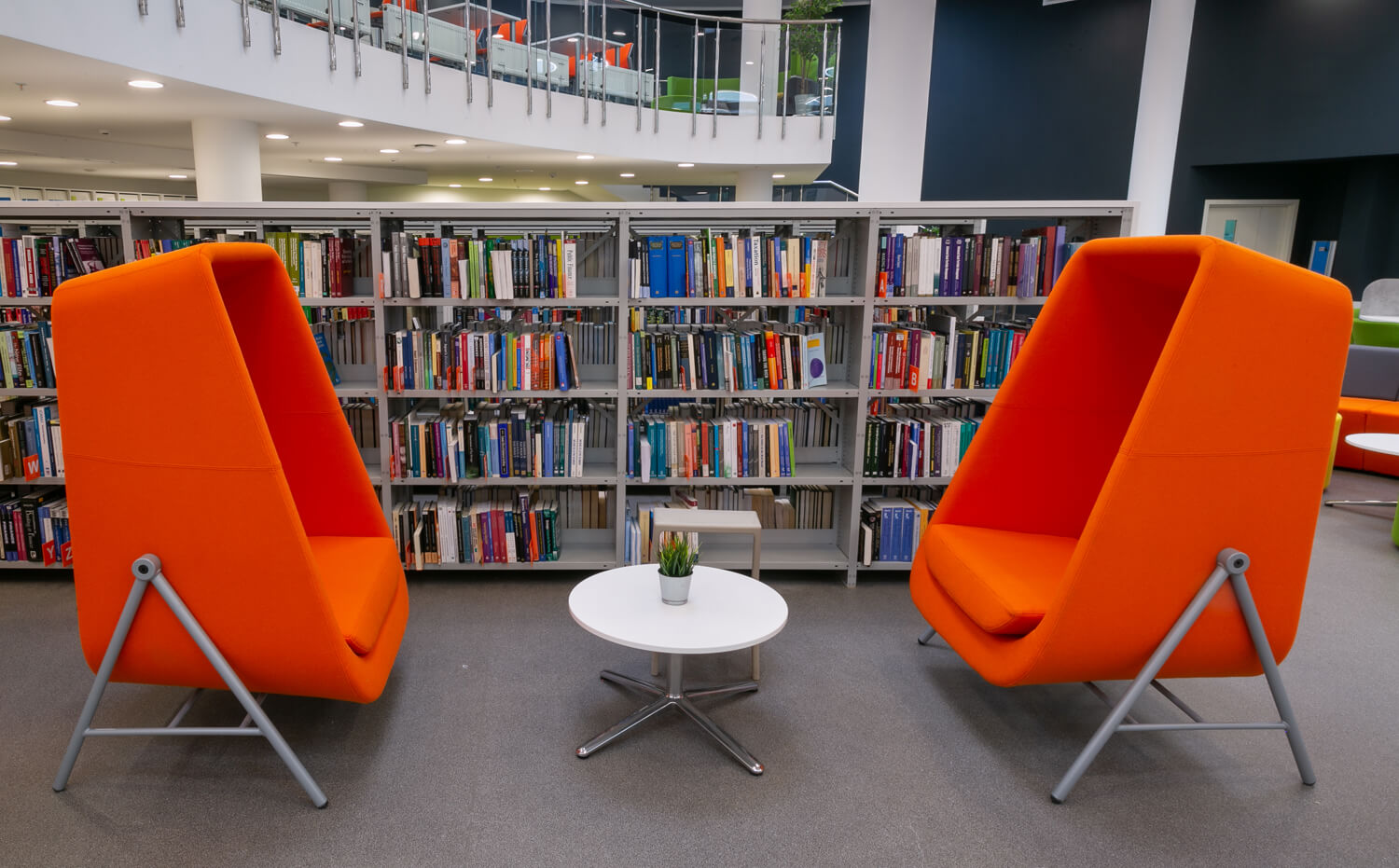
Mirror lab projects can be carried out in various fields and a diverse array of formats, which we strongly encourage. For example, our regional partner universities might have high-quality databases, but lack the expertise for engaging in quantitative analysis. Or, the partner universities possess a resource that our staff members can use for their own theoretical activities and vice versa. The HSE Centre for Sociocultural Research, for instance, is cooperating with Kuban State Technological University (KSTU) to complement their recent public opinion polls with a sample of young people from Krasnodar Krai, thereby formulating broader hypotheses in regard to the whole country. Furthermore, our partners at KSTU are also interested in the project because we are willing to share our knowledge and expertise on this research method. Mirror lab projects can also stimulate new research agendas and foster the development of external projects for independent clients. Moreover, they can be multidisciplinary. As such, the HSE Laboratory for Intelligent Systems and Structural Analysis is developing mathematical models of venous outflow obstruction in the lower extremities for surgeons working out of Surgut State University
Mirror lab competitions are open to all research subdivisions at HSE University. There are no limits about specific research areas that can be developed. The only important condition is that both sides, HSE University and its partner institution, operate a formalized research subdivision engaged in studies concerning a given topic. Under the best circumstances, there should be experts at both universities with matching research interests, or people who can share their theoretical and practical knowledge.
Today, we have 22 ongoing projects in partnership with 20 regional universities across the country, from Vladivostok to Kaliningrad and from Surgut to Krasnodar. The projects concern such fields as mathematics, computer science, nanoelectronics, electrical engineering, physics, economics, sociology, linguistics, biology, education, psychology, and recent history.
Why did the need for mirror laboratories arise and what are the aims of the project?
Close cooperation with Russia’s regions is an integral part of the HSE Strategic Development Programme. Thus, to promote our academic work beyond our campuses, the Mirror Laboratories project was created. We have always known that our research subdivisions have built effective partnerships with the regions and wanted to come up with an initiative that would consolidate and further develop their efforts. Moreover, funding gave our staff the opportunity to institutionally support their established contacts through joint seminars, conferences and visits to partner institutions.
It is important to note that the goal of this project is not to help the regions, but rather find partners among them to work on high-class research projects. Another aim is to attract young people to work as research assistants, whereby students can fulfil their potential.
Thus, this has been the grassroots initiative of the University as we have been the first Russian academic institution to announce a competition that aimed at maintaining research networks within the country. Interestingly, some of the mirror labs have evolved from international laboratories. Our Centre for Sociocultural Research, for instance, used to be an international lab that has then brought their international contacts and acquaintances to new joint projects. Mirror laboratories, therefore, can pass on the best practices of HSE University, through its international laboratories, to regions, harnessing an overall synergy.
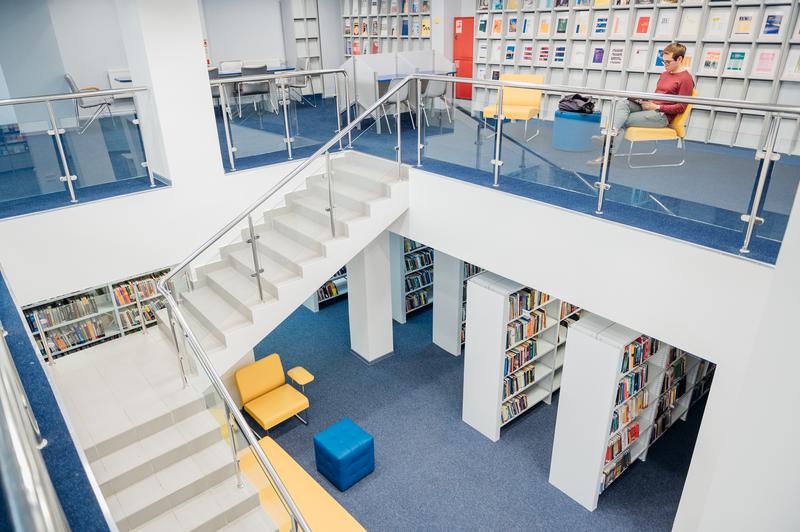
The third mirror labs competition was launched in March. Have you noticed more interest among your colleagues this year?
The application period is open until May 20 and, judging by the feedback and the high number of applications and enquiries, which we receive throughout the year, we can see that the project is interesting not only to our research subdivisions, but also our other colleagues from all over Russia. However, the committee only selects those applications that that they find promising and this year the proposed projects must match the University’s 2030 Development Programme.
We are always excited to read project proposals, especially if they are interdisciplinary. The range of partners and research topics is widening as well: the proposed projects can now go outside of the specific research areas of units making applications. Last year, we were fascinated by applications from MIEM (we found out about the agricultural IoT project) and St. Petersburg. So, let’s see what’s in store this year!
Are there any plans for the further development of the project?
Another area where we see certain demand concerns grant funding for project collaboration between research teams within HSE University itself. For example, a research team from any HSE campus can find partners at another campus and, thus, carry out research together. For instance, this might be another type of mirror laboratory, which is already operating at the University. We may consider financing the establishment of research units if, for example, there is a professor with two or three students who have a successful local engagement, but more major work is being done at another campus. For instance, the University already has two labs, which are financed in a similar way – the International Laboratory of the Intangible-driven Economy (located at HSE Perm and HSE St. Petersburg, respectively) and the Center for Language and the Brain (located at HSE Moscow and HSE Nizhny Novgorod, respectively).
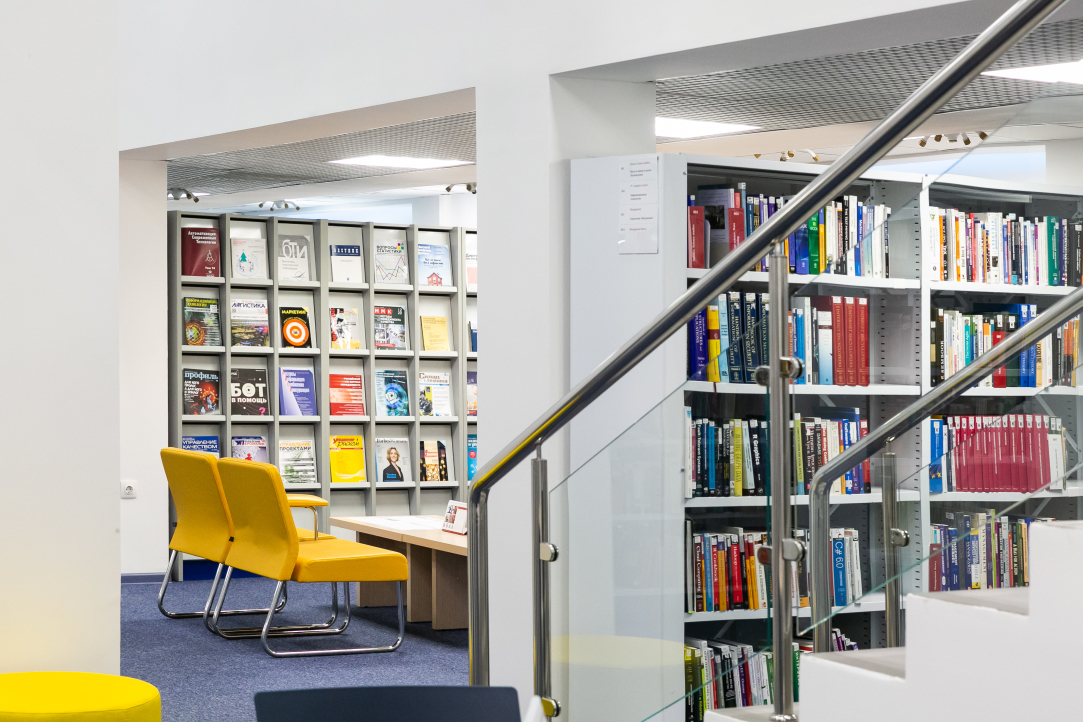
Migration Studies and Digital Humanities
Sergei Kornienko, Professor at the Department of Humanities of the Faculty of Computer Science, Economics, and Social Sciences and Leading Research Fellow at the Group for Historical Research (HSE Perm), is the head of the Mirror Lab project “Migration as a factor of social transformation of Soviet regions during post-war reconstruction period: an analysis through the digital humanities”
What motivated you to take part in the mirror labs competition?
My colleagues and I are constantly on the lookout for new projects, especially those using new formats and those supporting collaborative research networks. We were attracted by the goals that the competition set out and its uniqueness. We perceived it as an opportunity to continue working on joint research projects with an academic institution that we had previously cooperated with - Baltic Federal University (BFU). After discussing the competition’s terms and conditions with our colleagues and agreeing on getting involved as partners, we started thinking of research ideas that would be interesting to all of us. That is how the project on “Migration as a factor of social transformation of Soviet regions during the post-war reconstruction period: an analysis through digital humanities” emerged, which is not the only project we take part in as partners (we also work on projects for the Russian Foundation for Basic Research).
The current project builds on our joint efforts in the application of digital methods, technologies and tools for research and educational purposes in the social sciences and humanities. As such, we worked together on the creation of a Master's programme in digital methods and utilized methods from projects on Russian parliamentary history and the history of the zemstvo. As we have accumulated certain experience with initiatives that were previously available under the framework of a bilateral cooperation agreement between the two universities and that provided by Russian scientific foundations, our involvement in the mirror labs competition was indeed a new stage for our two teams (Section for Historical Research at HSE Perm and the BFU Centre for Social and Humanitarian Informatics, respectively).
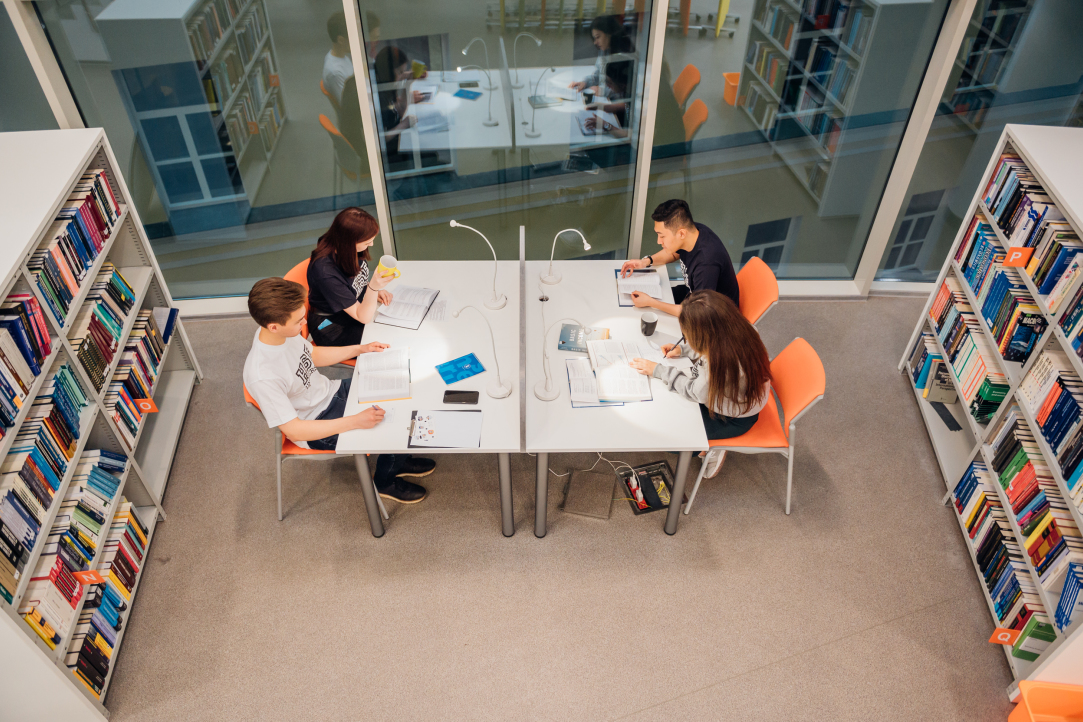
What is the project about?
One of our partners’ key areas of research is the formation of a new territory, the Kaliningrad Region, as part of Russia and the Soviet Union. While discussing possible joint research projects, we realized that the study of migration as a transformation factor for the Soviet regions during the post-war reconstruction period, and especially with the application of digital humanities methods, could be a relevant topic to cover. The dynamics of population migration in such interior regions as the Perm Krai (or the Molotov Region, as it was known back then) are as relevant as the issue of population formation in part of the territory of East Prussia, which was ceded to the Soviet Union during the Second World War.
I cannot say that these issues in terms of the Perm Territory have never been studied at all (e.g., migration associated with the Gulag and deportations have been thoroughly researched), but there are practically no studies on other types of migration that has taken place in the region. While the Kaliningrad Region of those times experienced a high level of in-migration, population displacement and mass resettlement, while what is now the Perm Krai was affected by migration outflow, re-evacuation, demobilization, and mobility of people from villages and places of detention to cities and back. Thus, we decided to look deeper at labour migration and strategies for solving labour resource problems during the Soviet Union’s post-war recovery period.
Can you tell more about your project team and how tasks are delegated between the two institutions?
HSE Perm is represented by researchers of the Historical Research Group. The main project executors are myself, Dinara Gagarina, and Iliana Ismakaeva, but we also have associate researchers, who play an important role in the implementation of the project. Linguistic research is carried out by Tatyana Permyakova and Elizaveta Smirnova, who work on language issues related to migration processes during the studied period, and this is one of our main focuses of research. The team members who work on questions related to social and economic anthropology are Andrey Smetanin and Anna Kimerling. Our sociology postdoctoral researcher Aleksandra Salatova is also involved in the project. Moreover, we cooperate with the Perm and Kaliningrad Archives, who are also our project partners.
The BFU project team is represented by the Centre for Social and Humanitarian Informatics, who, besides other projects, work on creating a museum of the history of re-settlers with 3D reconstructions of their household items and the train cars in which they were transported. In terms of migration research, they analyze such issues as labour migration and new population formation in rural areas - the creation and resettlement of collective farmers. The project team includes Elena Baranova, the Center’s Director, Vitaly Maslov and Nikita Nikitin, who developed database for documents on migration processes, which is the basis of this research, and Vyacheslav Vereshchagin and Angelina Saenko.
The research we do is quite similar, and this allows us to compare the migration processes that were taking place in both regions and single out special features, as well as aspects of migration that the two regions shared. We are also try to create a joint source database, a digital repository of sources, which will be one of the project outcomes.
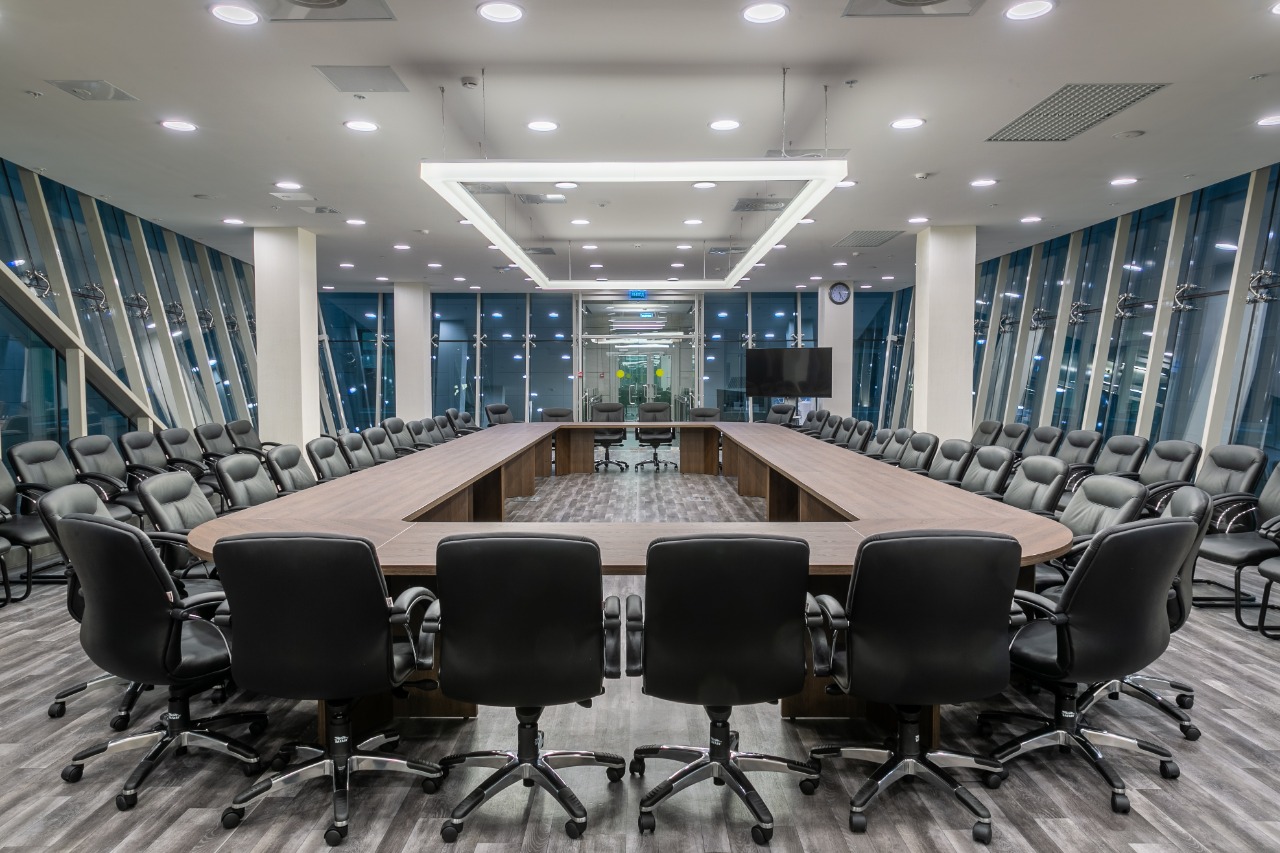
What are some of the project’s interim results?
We completed an extensive literature review of migration policies and the methods that were used by the authorities to oversee and manage migration processes. In particular, we looked at labour migration as a regional population flow and investigated its directions, quantitative and qualitative characteristics, as well as the social and cultural characteristics of the re-settlers, including their living conditions.
Furthermore, we held research seminars, roundtables and a winter school, which led to new partnerships with scholars from Ural Federal University, Sakhalin State University and Tuvan State University.
We put out a joint publication in the “Reconstruction of post-war household locations in the Kaliningrad Region through digital methods” collection. In addition, three more articles were submitted to the Ural Historical Bulletin, Quaestio Rossica and Tomsk State University Bulletin.
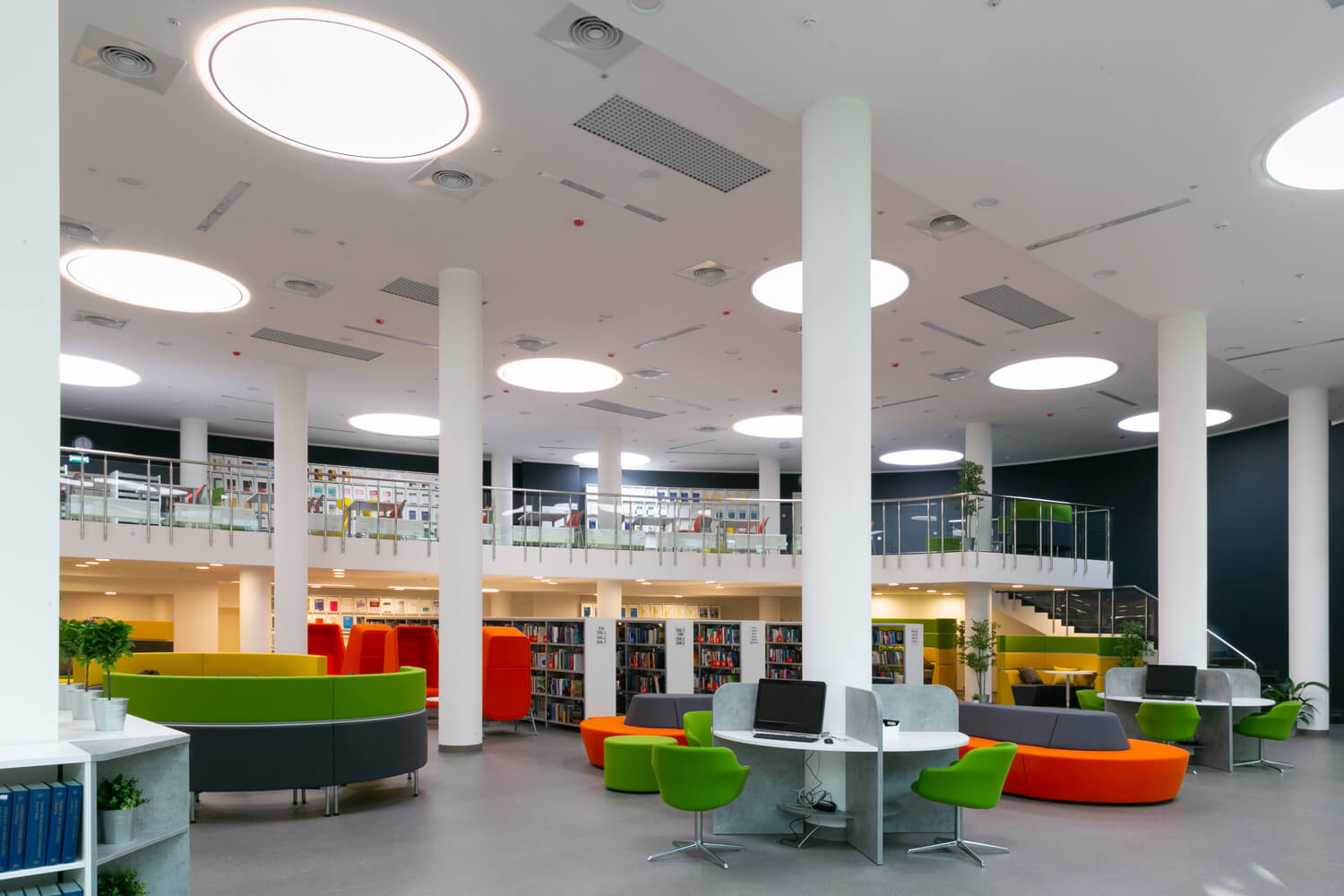
Comparison of Values and Identities across Generations and Regions
Nadezhda Lebedeva, Director and Chief Research Fellow at the Centre for Sociocultural Research, heads up the Mirror Lab project on “Values and intercultural relations in the context of a transitive society: a cross-regional analysis”
Victoria Galyapina is Leading Research Fellow at the Centre for Sociocultural Research and takes part in its Mirror Lab project.
How was the partnership with Kuban State Technological University (KubSTU) started?
As part of the internship programme for employees of Russian academic institutions at HSE University, we hosted Oksana Tuchina from KubSTU, who was very proactive and eager to cooperate and take part in joint research. Thus, when there was an open call for mirror laboratories, we offered her a chance to work with us. Although there was no laboratory at KubSTU at that time, they received support from the university administration. Victoria Galyapina, our leading research fellow at the Centre for Sociocultural Research, is curating the project, as she is from the North Caucasus herself and knows the region well.
Can you tell us more about the project?
For many years, first as a laboratory, and then as a centre, we have considered values and identities as well as their transformation, intergenerational and interregional comparisons. We are proud that one of the leading cross-cultural researchers, Shalom Schwartz, who developed his own theory of basic human values, worked with us on creating a Russian version of his methods.
Within the framework of this project, we work with values. We seek to find out whether the population of Russia share common values and, as such, we compare two federal districts – the Central and Southern Federal Districts. Another issue is how a system of values is upheld given the current situation - whether the present social and political polarization is superficial and whether it only concerns attitudes and not core values.
In addition to values, for the current project, we research common social identities (e.g., ethnic, religious, and civic identities) that influence the behaviour and intercultural attitudes of a person. This area is of particular importance as it concerns the preservation of intercultural peace in our multicultural and multi-confessional country, especially in the south of Russia, where there are many migrants, as well as refugees from the southeast of Ukraine.
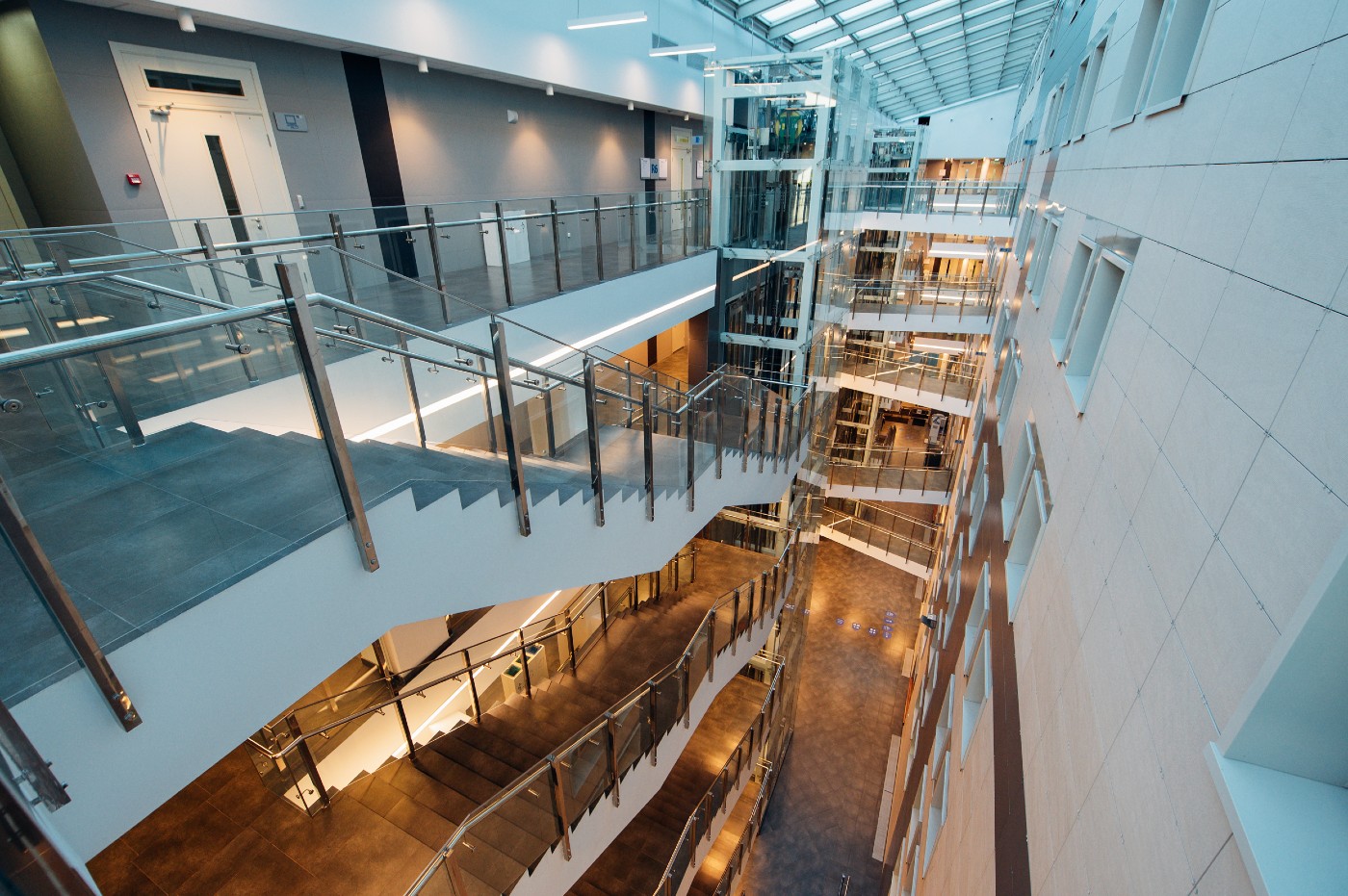
How do you delegate duties among the laboratories?
Both teams are involved in data collection since research is carried out in both regions at the same time. We collect data in the Central Federal District and our colleagues gather data in the Southern Federal District. We then exchange our databases for further analysis and a cross-regional and cross-cultural comparison. While we focus on values, identities and intercultural relations, our colleagues, even though they are interested in the variables and indicators that we explore, are more into philosophical aspects, i.e., who a person of culture is and how the prototypical image of a person of culture differs among various ethnic groups.
Both of our project teams include doctors and candidates of science, as well as postgrads. The involvement of younger specialists is essential as project work teaches methodology and techniques for qualitative and quantitative research.
Can you tell more about project findings and accomplishments?
One of our findings is that there does exist a system of values (at least among the Russian population of our country). While young people tend to express such values as openness to change and self-enhancement, older generations lean towards socially focused values, such as self-transcendence and conservation (security, group harmony, and unity).
Another interesting finding is the manifestation of different identities through values. For Russians in both regions, for instance, civic, ethnic, and religious identities are equally significant. The representatives of ethnic minorities, who live in the south of Russia, cherish ethnic and religious identities that distinguish them culturally and allow them to retain their ethnic uniqueness. What our colleagues noticed while interpreting the data is that religious identity strongly influences tolerant attitudes of ethnic minorities in the south of Russia, as well as contributes to the formation of tolerance at the regional level.
One of our accomplishments is that we jointly published two articles in 2021 - “Acculturation of Armenians in Russia: role of social identities and diaspora activity” in Central Asia and the Caucasus journal and “Vosprinimaemaya bezopasnost’ i social’nye identichnosti v kontekste adaptacii migrantov iz Srednei Azii v Rossii” (“Perceived security and social identities in the context of adaptation of migrants from Central Asia in Russia”) in Gumanizatsiya Obrazovaniya journal (Humanisation of Education), and one this year “Rol' sotsial'nykh identichnostey i mezhkul'turnykh ustanovok v psikhologicheskom blagopoluchii zhiteley Krasnodarskogo kraya” (“The role of social identities and intercultural attitudes in psychological well-being of residents of the Krasnodar Krai”) in the “Pozitivnyy opyt regulirovaniya etnosotsial'nykh i etnokul'turnykh protsessov v regionakh Rossiyskoy Federatsii” collection (“Positive experience in regulating ethno-social and ethno-cultural processes in the regions of the Russian Federation”).
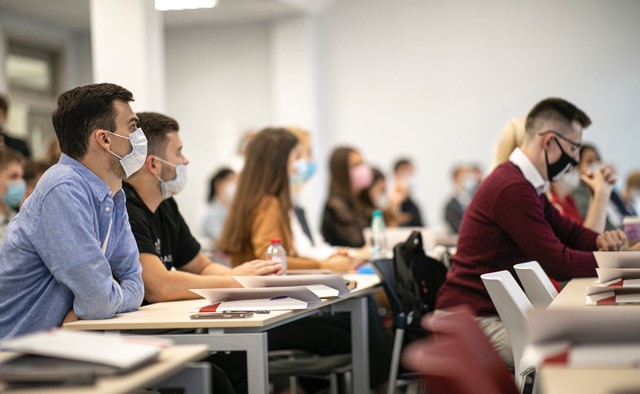
What are your plans after the project ends?
As a continuation of our research on values and attitudes, we would want to explore perceptions of recent events by the local population and refugees from Ukraine, and include their narratives into our analysis. We do not want to use a formalized approach like a questionnaire, but would like to look them in the eye, support them and catch something between words. This would require establishing close contact and more of a psychological approach.
The mirror labs project also triggered other initiatives. For instance, we were invited to provide our expertise interpreting and analyzing the data (over 400 surveys and 35 in-depth interviews) for a study conducted by Victoria Mukha from KubSTU. This study concerns refugees from the southeast of Ukraine and covers the problems of their acculturation and adaptation in the Krasnodar Krai. The initial two stages of the research were devoted to cross-regional and intergenerational comparisons, as it was important to determine core values. Now, we are looking at those values that determine certain identities among different generations in various regions and how identities and values determine attitudes in terms of threat or tolerance in a multicultural context.
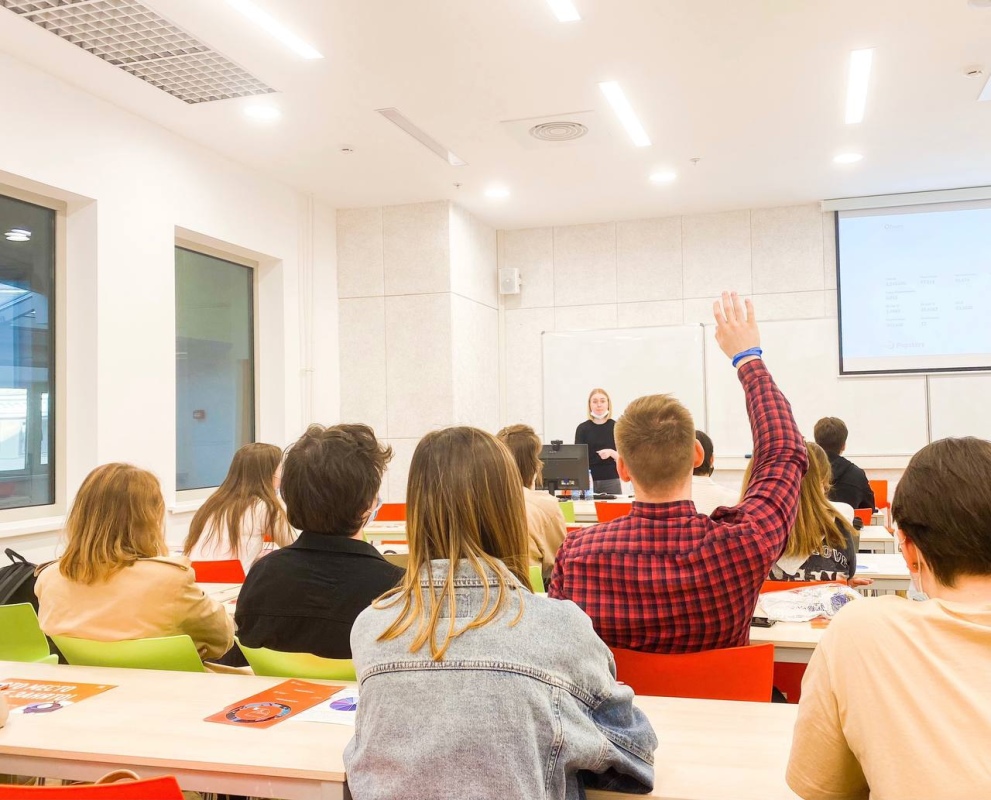
An Economics and Engineering Approach to Energy Supply Development in Remote Areas of Russia
Ilya Dolmatov is the Director of the Institute of Economics and Utility Regulation and Head of the mirror lab project titled “Models of Energy Infrastructure Development in Russia’s Remote and Isolated Territories”.
Why did you decide to participate in the mirror labs competition?
We are attracted to its competitive format. It seemed unusual that it required having a joint project with a partner university located particularly in one of the regions of Russia, and our institute works quite a lot with such regions on issues of energy and utilities infrastructure development. Thus, we were sure that we could find a partner with whom we could jointly develop a particular area of interest.
When the competition was announced, our institute began collaborating with our colleagues from Irkutsk National Research Technical University (INRTU), whose internships with us were on the economic and technical aspects of energy supply development in the remote areas of Russia as part of an earlier research and education cooperation agreement signed in January 2020 between INRTU and HSE University. It is during the discussions of future research collaboration and possible joint publications that we decided to establish a legal basis for our further cooperation.
Thus, a project aimed at analyzing issues of power supply in remote and isolated areas of Russia became the basis for our application.
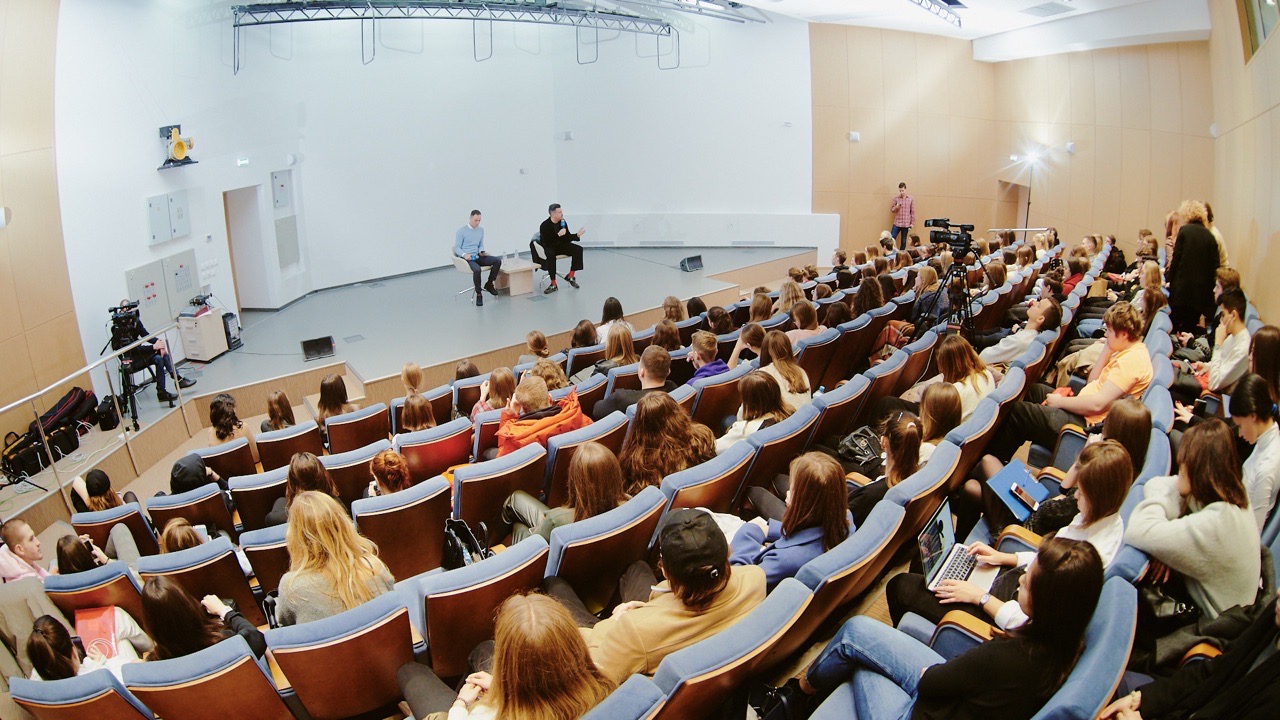
Why this particular project and this specific partner university?
The Institute of Economics and Utility Regulation has been a part of HSE University for 25 years now and, over this time, we have studied energy economics and the regulation of infrastructure sectors. We are basically economists who interact with almost the entire country in terms of implementing projects in the energy and utilities sector, and thus we know that energy infrastructure development in remote and isolated territories of Russia is an important issue. In fact, there are quite a few remote territories in Russia isolated from power systems, which means that the cost of electricity supply is significantly (two to three times) higher for consumers in those territories than in central Russia. The efficiency of such energy supply systems is rather low, and because they are government controlled, electricity prices are regulated. Thus, the issues of energy supply systems’ efficiency as well as technical and economic regulation are quite relevant.
Our institute is capable of analyzing energy economics. However, in order to give comprehensive recommendations to government, federal and regional authorities on the issues mentioned above, we needed a partner who deals with technical solutions for the energy sector. Furthermore, our colleagues at INRTU possess the necessary technical and engineering competencies. Our aim is to offer the best practices and techniques in terms of science and expertise. Although the mirror labs competition period comes to three years, we understand that finding effective solutions is an ongoing challenge but we will continue to work on this with a particular view to existing opportunities and priorities.
Can you tell more about the project team and how responsibilities and tasks are distributed between the two institutions?
The inter-institutional team has been organized in such a way that our institute works on the project from an economics perspective, while the engineering aspects are taken care of by our colleagues from INRTU. With this in mind, we complement each other while trying to solve the complex problem of efficient energy supply to remote and isolated territories.
The institute’s project team was formed on a voluntary basis, since, under the terms of the competition, we receive funding for organizational matters (e.g., mobility, acquisition of databases etc.,), while no funds are directly allocated for research. The project team is also dynamic. We have the core team members, whose responsibility is creating databases and drawing up best practices both in Russia and abroad (but new members are welcome to join us as well). Regular internal analysis of publication ideas and possible joint research ideas can help our colleagues with similar research interests to find each other and cooperate.
Since we did not have a formal statement of work and needed to formulate it ourselves, the project team agreed that everyone has his own competencies, and everyone should contribute (publications, databases, or pre-project exploratory enquires that may be of interest to external clients) to the common goals of the project.
Our collaboration between INRTU is not limited to the agenda of the Mirror Lab project, so it often triggers cooperation in other applied projects. We have each other in mind when we meet with different customers, and that is how INRTU and us received a commercial offer from the firm BitRiver to work on economic incentives for power supply of mining farms. Our colleagues from Irkutsk also invited us to participate in a competition for student initiatives carried out by the large energy firms in the Irkutsk region as part of the Electric Power Engineering Laboratory. Together with students from the World Economy and International Affairs faculty, where I am an Associate Professor, we were ranked in the Top-5 out of 30 teams. Moreover, we received a certificate for 10,000 roubles to purchase digital equipment for active participation in an accelerator titled "Laboratory of Energy 2020". The project for the competition was developed within the framework of the mirror lab.
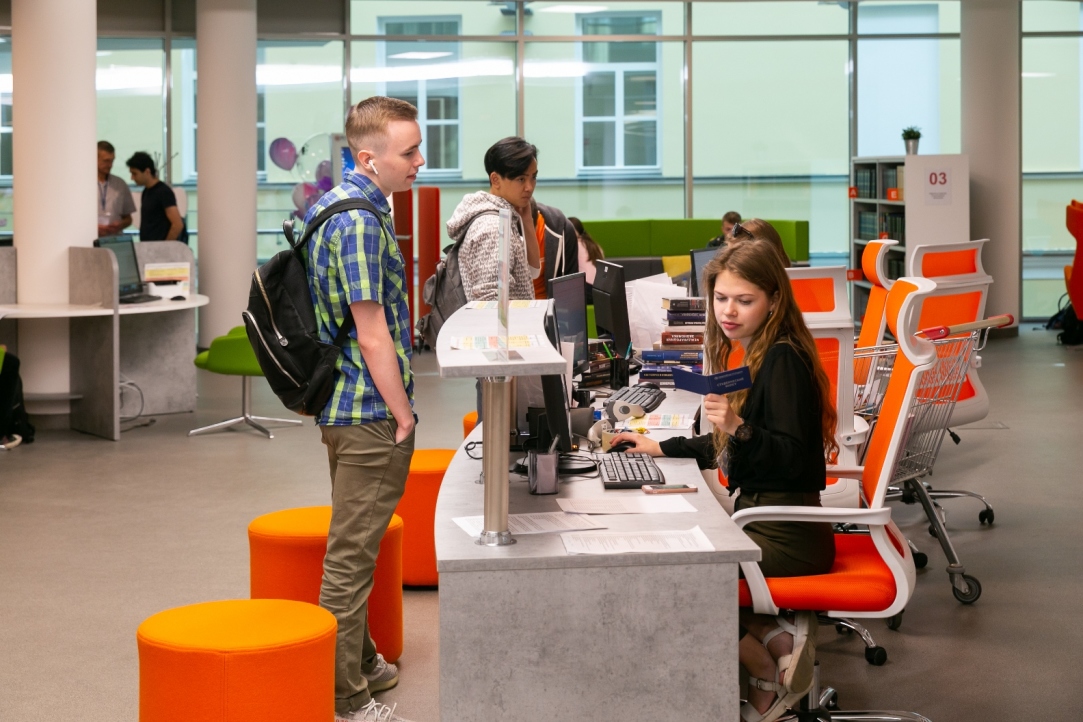
From your point of view, what is the potential of the project?
In addition to our formal responsibilities (e.g., joint publications as well as collection and systematization of best practices of development models of energy infrastructure in remote and isolated territories), our project team gets involved in external initiatives. In the process of cooperation, we find out the interests and competencies of other members and recommend each other to other projects. For example, I participated in a weeklong advanced training programme for regulators from CIS countries, who shared their practices on regulating tariff rates (which led to the publication of a monograph). Furthermore, most probably I would not have known about the training myself unless colleagues from INRTU recommended me to the organizer. This is an important component of the whole mirror lab project - it gives us, the participants, the opportunity to get to know each other better, our competencies and expertise. We start with a formal project, but if the interaction goes well, this will inevitably lead to other events. Moreover, this is evidence of effective interaction.
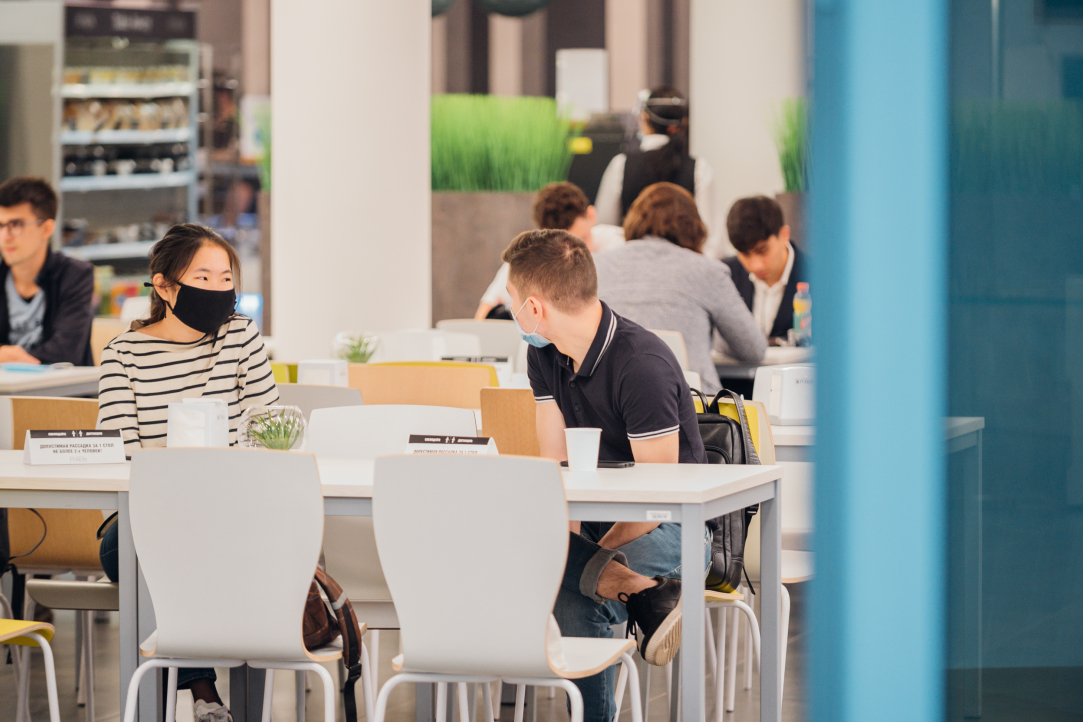
Mathematicians and Practicing Surgeons to Fight Venous Diseases
Vasilii A. Gromov, Professor at the School of Data Analysis and Artificial Intelligence and Senior Research Fellow at the International Laboratory for Intelligent Systems and Structural Analysis, leader of the project “Intelligent data analysis for healthcare information systems”.
The lab you head is truly interdisciplinary. Was this approach useful for the project’s implementation?
Ideally, any mirror lab project would be interdisciplinary and combine two fundamentally different groups of researchers. In our case, these groups are mathematicians specializing in artificial intelligence and practicing surgeons who have little interest in our mathematical models but need a solution for their specific problem. There are tasks where applied mathematicians are not needed since a method already exists, and it just needs to be applied. However, there are also tasks where our presence is necessary, i.e., when the existing methods will not work. In addition, diagnosis of venous diseases is an example of this type of task.
Our common challenge was learning to speak each other’s language. Our colleagues tried to understand why some of our formalities are important (for us, mathematics is a way of describing reality; if something doesn’t work, then this means that the chosen method is not applicable to the given task), and we tried to understand their requests and their perspective of what they consider right and wrong. This kind of interdisciplinary experience is important even if it slows down the process since too many things must be understood overall.
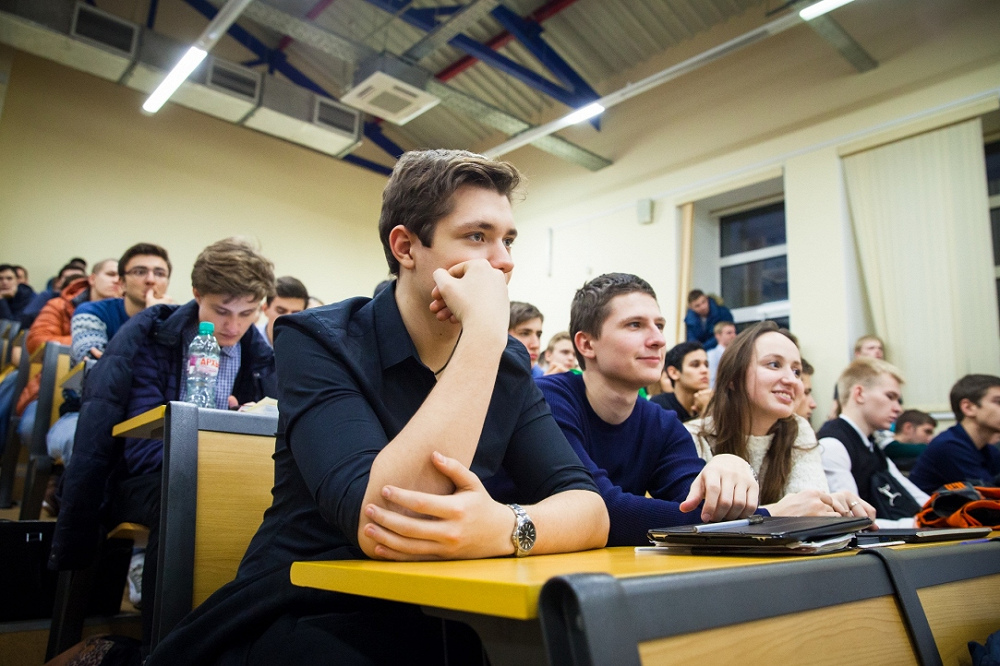
Why phlebology, and what particular problems are you trying to solve in this field?
While conversing with various colleagues (physicians, phlebologists, doctors of science in this particular field, etc.), I heard a terrible number - one million people in Russia suffer from venous diseases. The situation is dire and, as such, the task was to understand how the disease proceeds for particular people, i.e., which vein gets blocked, which vein doesn’t get blocked, which vein gets partially blocked, and whether surgery is necessary, or not. All of these factors can be learned from certain parameters and characteristics of the system, such as cross-sectional MRI, venous flow velocity in superficial veins, computed tomography, and so forth. From a mathematical point of view, the situation looked quite simple - we had to solve the so-called inverse problem of mathematical physics with the application of neural network approximation. However, it turned out that the body of healthcare data is actually very small. If, with respect to classical machine learning problems, we deal with millions of pieces of data, here, we have around a hundred. We identified three interrelated approaches for solving the data problem: data collection from colleagues who deal with phlebology issues, sample augmentation using special mathematical methods, and the application of physics-informed neural networks.
The second task is no less important from a social and medical point of view and this concerns fistula, an artificial tube-like connection (fistula) used particularly for patients who go through hemodialysis. The problem is that the fistula tends to get clogged and can lead to a blood clot coming off and restricted blood flow. With this in mind, we developed a device that can be attached to the fistula with a patch and identifies different types of blood movement inside it - “normal”, “immediately consult a doctor”, and “not critical yet, but you should probably consult a doctor”.
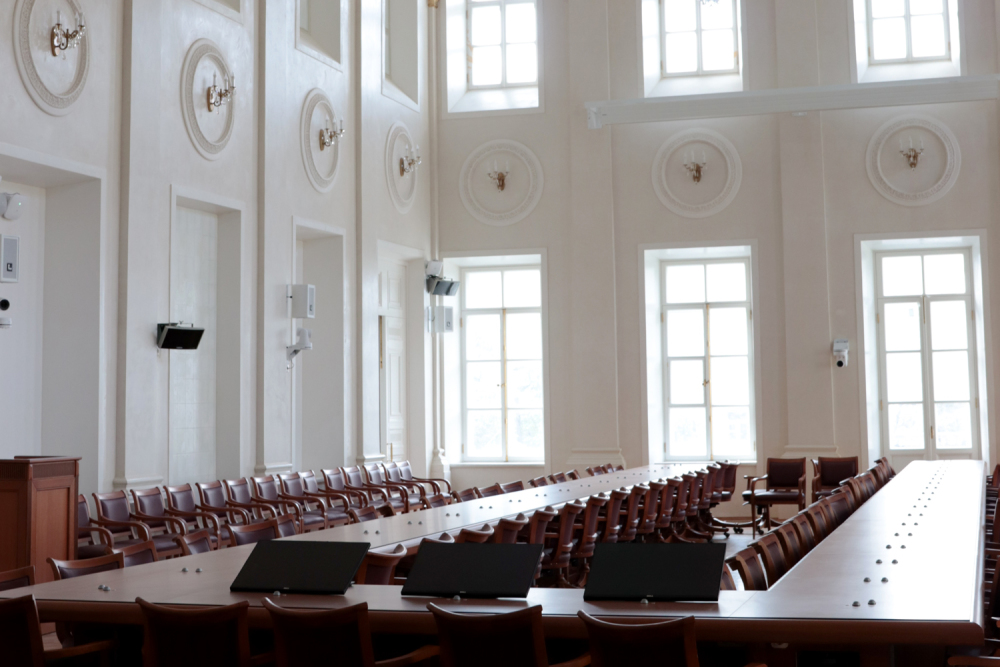
Can you tell us more about the project team and how it was formed?
A former member of our department used to be Vice Rector for Science and Innovation at Surgut State University. When he enquired about which innovations could be introduced at his university, he learned there was a team of rather strong doctors and started looking for matching specialists to work with. So, we met, talked, and found some common points of understanding. Today, our project team consists of specialists in mathematical modelling and AI, who represent HSE University, and physicians, surgeons, diagnosticians, and specialists in social medicine, who represent Surgut State University. Moreover, our project attracted various specialists who deal with the same issues. As such, doctors from St. Petersburg, Nizhnevartovsk, Samara, Tashkent, and the Netherlands are actively cooperating with us, and we hope that this list of people, to whom I would like to personally express my gratitude, will expand, and we will become a point of attraction in a broader sense.
What are your plans for the project?
We are progressing in phlebology, but the implementation period is much longer than three years. There have been practical developments, and we definitely know how to build a mathematical model. However, we need more human resources to complete it. Right now, we lack software engineers, mathematicians, and people who can organize data collection, but of course, we will continue working on the project.